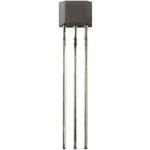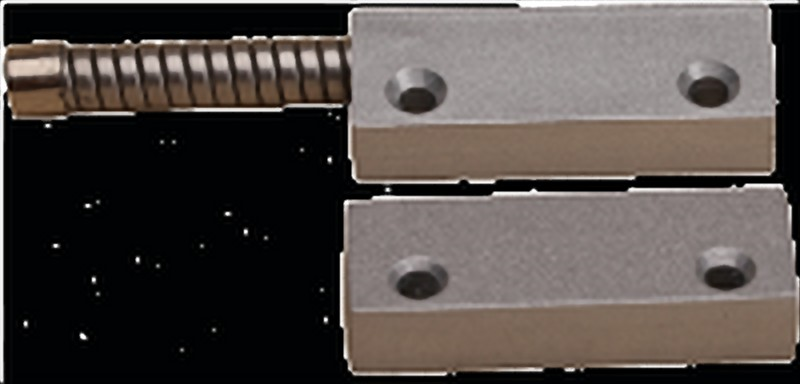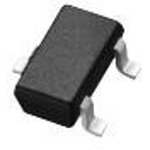Magnetic sensors detect changes in a magnetic field to deliver reliable position, proximity, or speed data across countless designs. They're valued for non-contact operation, long life, and clean digital or analog outputs that drop neatly into embedded control.
Online Components pairs that dependability with U.S.-based inventory, responsive support, and fast shipping that lets purchasing teams move with confidence. Browse a broad selection of subtypes and specs to match your goals, including latching, bipolar, and omnipolar switching; analog or digital outputs; supply ranges from low-voltage logic rails to higher industrial levels; sensitivity choices for small air gaps; wide operating temperatures; and compact surface-mount or through-hole packages that fit a printed circuit board (PCB) or rugged enclosure.
How to Choose the Right Magnetic Sensors
Begin by identifying the sensing method and output behavior your system expects. Hall-effect sensors and magnetoresistive sensors both respond to magnetic fields, but their transfer curves and noise profiles differ. Decide whether your interface needs a digital switch, a linear analog signal, or a ratiometric output.
Match the magnetic characteristics to your design: required operate/release points (gauss), air-gap tolerance, and whether latching, bipolar, or omnipolar behavior will give you the cleanest edges with your magnet geometry.
For environment and mechanics, pick the package style (small-outline transistor SOT-23, SOT-89, single in-line package SIP, or other footprints) that works with your mounting approach, temperature rating, enclosure, reflow profile, and duty cycle.
Popular Applications for Magnetic Sensors
Purchasers, test engineers, and product designers choose magnetic sensors when they need durable, contactless feedback that's easy to integrate. These parts support motor commutation and motion feedback in industrial automation, door and cover detection in appliances and kiosks, position sensing in robotics and mechatronics, and proximity triggers in security panels and smart devices. They excel in meters and pumps where sealed sensing is required, and in compact consumer electronics that use low-power wake events without mechanical wear.
Why Buy Magnetic Sensors from Online Components?
You get magnetic sensors from an authorized source with U.S.-based stock, fast shipping, and full traceability through supplier authentication. Powerful parametric filters streamline selection, and our customer service team responds quickly so you can specify, purchase, and build without delays. When timelines tighten, same-day shipment options keep production lines running and prototypes on schedule.
Magnetic Sensors: What You Need to Know
What's the difference between latching, bipolar, and omnipolar switching?
Latching devices change state with one magnetic polarity and hold that state until the opposite polarity appears. They work well for direction or index sensing. Bipolar sensors require defined north/south transitions to toggle, while omnipolar types switch with either pole and release when the field falls, simplifying magnet orientation during assembly.
How do linear and digital magnetic sensors differ?
Linear sensors output a voltage proportional to field strength, which helps with angle or distance calculations after calibration. Digital versions behave like clean switches with built-in thresholds and hysteresis, reducing analog conditioning and easing microcontroller interfacing.
How should I pick the right magnet and air gap?
Work from the sensor's operate/release specs in gauss, your mechanical stack-up, and magnet size. Stronger magnets support larger air gaps and tolerate misalignment, while smaller magnets save space but require tighter placement control.
What temperature ranges can I expect?
Many devices cover wide industrial ranges with stable thresholds across temperature. Review the datasheet for drift, then budget margin in your operate and release points so the design stays solid from cold start to full load.
contact us
 English
English
 Chinese
Chinese
 Italiano
Italiano
 Portuguese
Portuguese
 Deutschland
Deutschland
 French
French
 Russian
Russian
 Japanese
Japanese
 Turkish
Turkish
 Korean
Korean
 Spanish
Spanish







